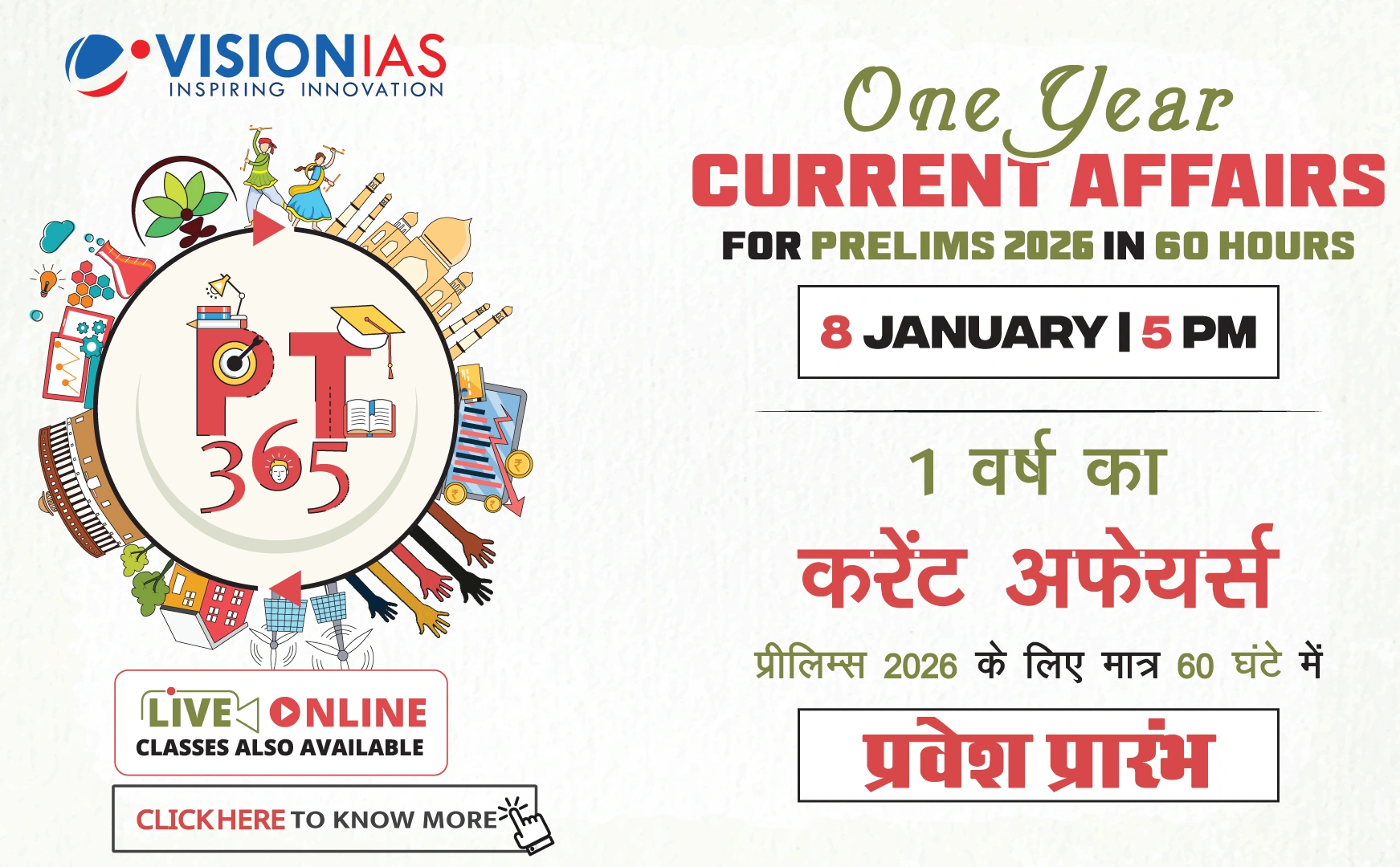Economic Dependency and Manufacturing Challenges
The current economic landscape reveals a heavy dependency on China for critical goods, which poses challenges for India's manufacturing sector.
Dependence on China
- India imports 80% of key drug starter materials from China.
- China is a significant source of rare earths and specialized fertilizers for India.
- India imports $115 billion worth of goods annually from China.
The Shift in Economic Thought
There has been a shift from free-market principles to more protectionist and interventionist policies globally.
- Countries are increasing tariff barriers and government interventions.
- Examples include the U.S. reshoring manufacturing and subsidizing semiconductors, and India offering incentives for local manufacturing.
The Role of Industrial Policy
Industrial policy, once criticized for inefficiency, is now seen as crucial for economic development.
- Historical examples include Japan, Taiwan, and South Korea leveraging industrial policy for growth.
- China exemplifies successful long-term industrial policy with 32% control of global manufacturing.
India's Manufacturing Initiatives
India's efforts to boost manufacturing through initiatives like "Make in India" have seen limited success.
- The Production-Linked Incentive (PLI) scheme aims to increase domestic manufacturing and create jobs.
- Despite some success in mobile-phone assembly and pharmaceuticals, domestic value addition remains low.
- Manufacturing's share of GDP has declined from 15.4% in 2020 to 14.3% in 2025.
Challenges in Manufacturing Ecosystem
The PLI scheme faces obstacles such as insufficient disbursement of funds and missed targets.
- Challenges include high logistics costs, complex regulations, and inadequate educational and research infrastructure.
Historical Context and Contemporary Issues
India's past attempts at industrialization, such as special economic zones (SEZs), faced corruption and inefficiency.
- Logistical improvements were only systematically addressed with the launch of Gati Shakti in October 2021.
Socioeconomic Implications
Manufacturing could tackle unemployment and poverty by providing opportunities for unskilled labor, but relies on foundational reforms.
- Welfare schemes, while politically beneficial, may reduce labor incentives, especially in rural areas.
- Employers report labor shortages despite high unemployment, complicating India's demographic dividend.
The overarching theme is the need for a well-implemented industrial policy supported by comprehensive reforms to achieve sustainable economic growth and reduce dependency on imports.



